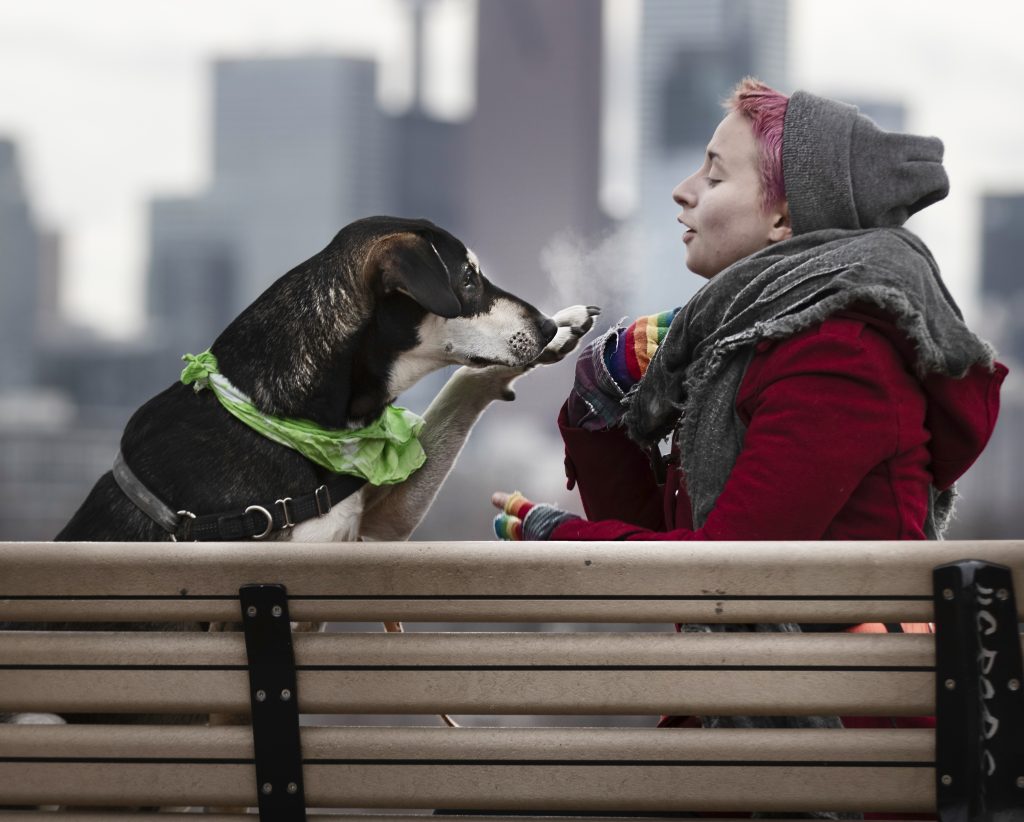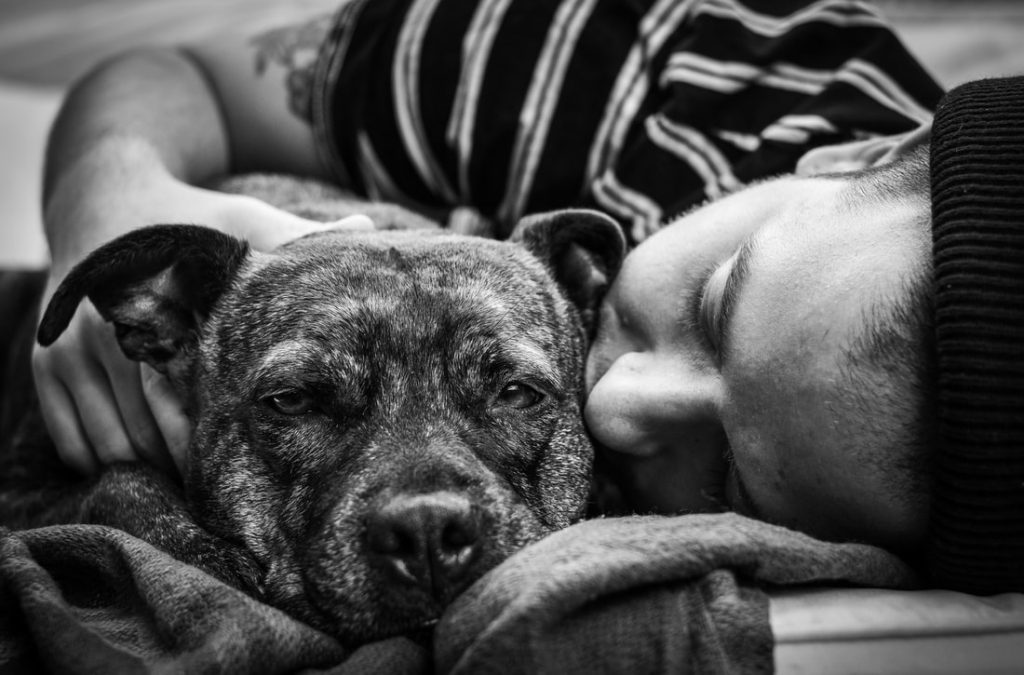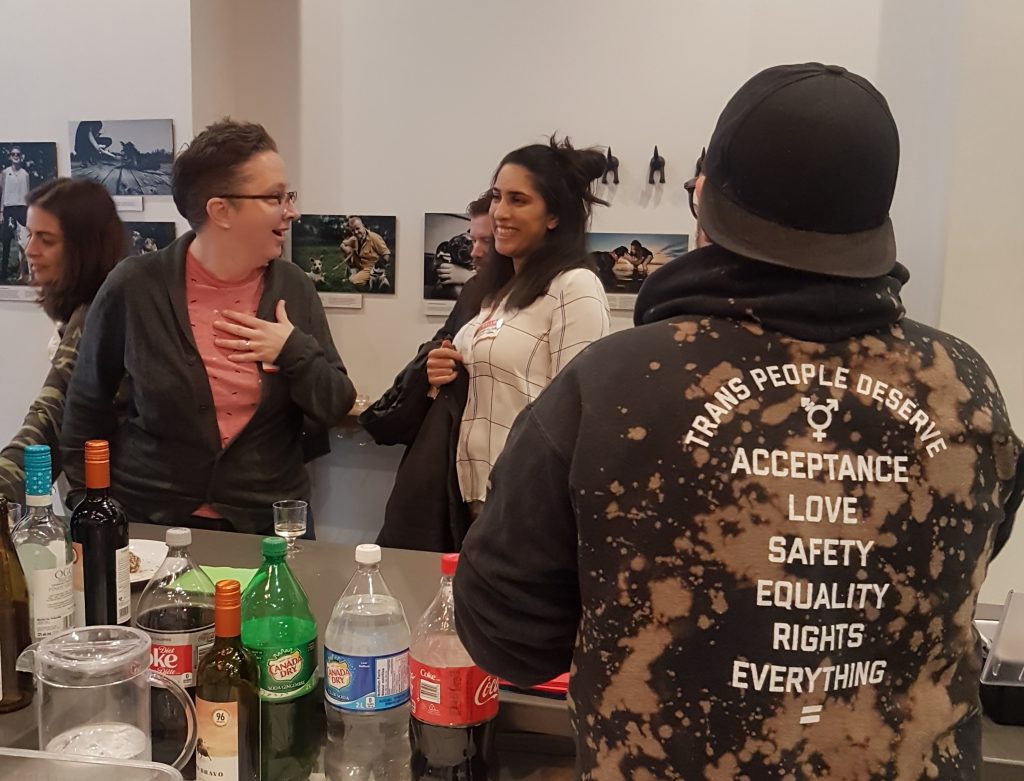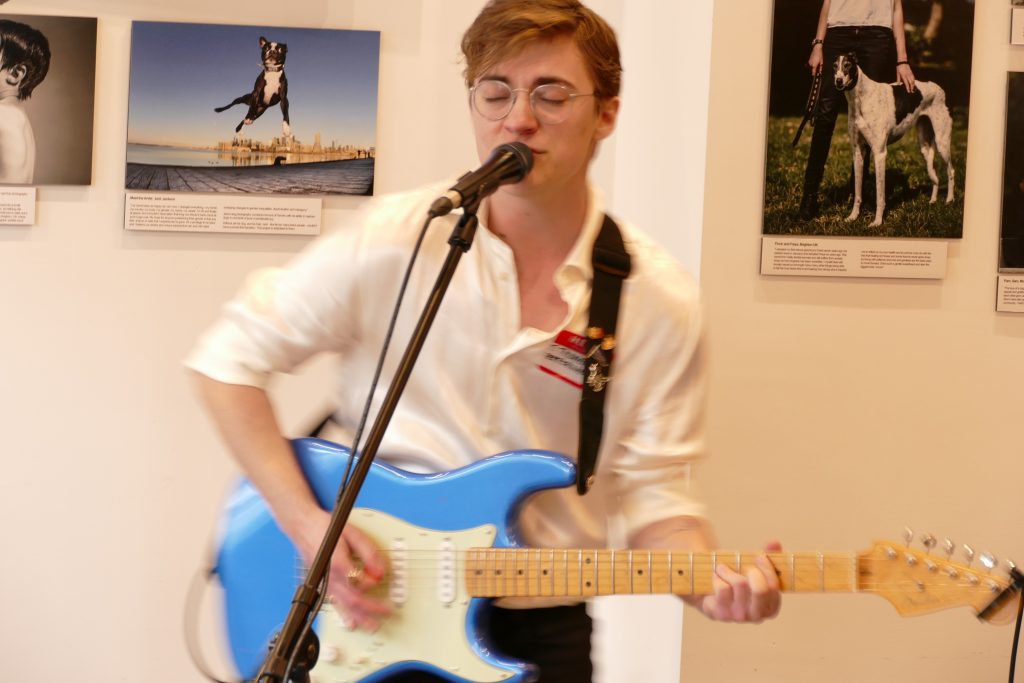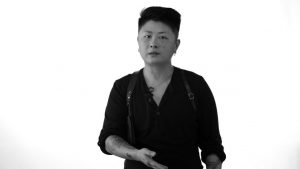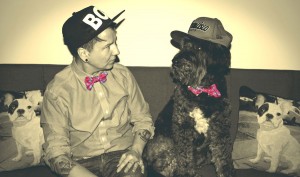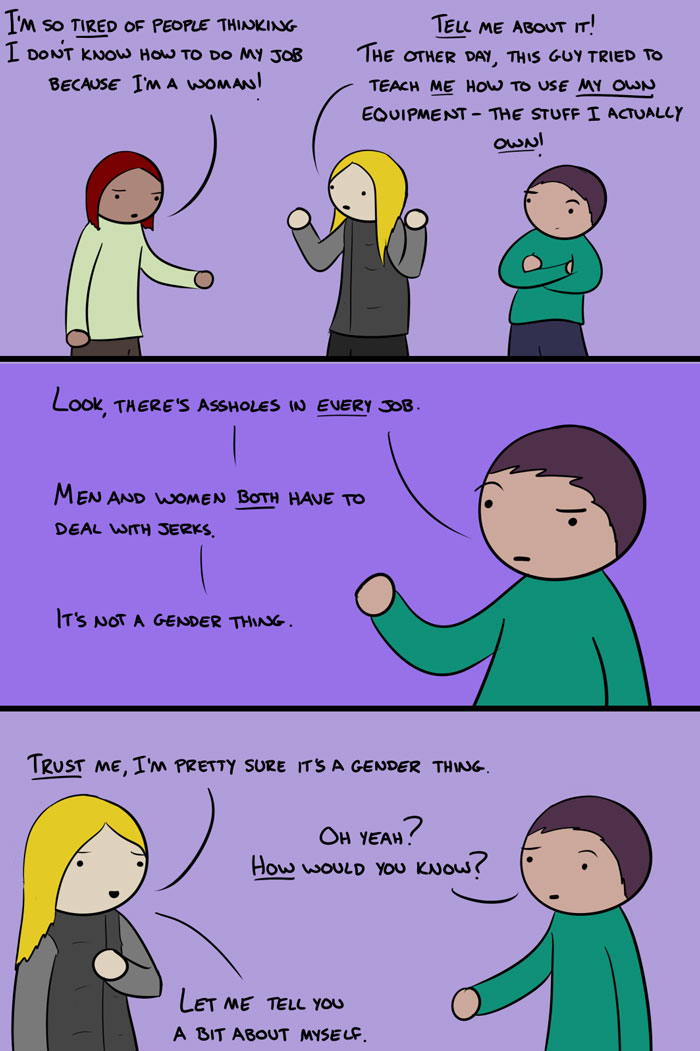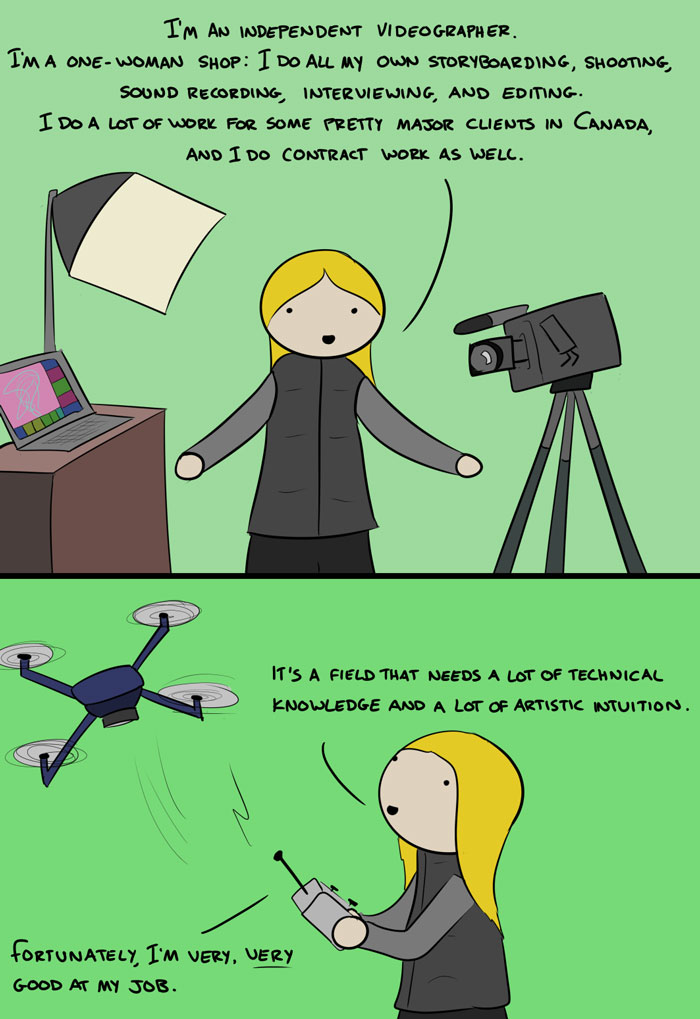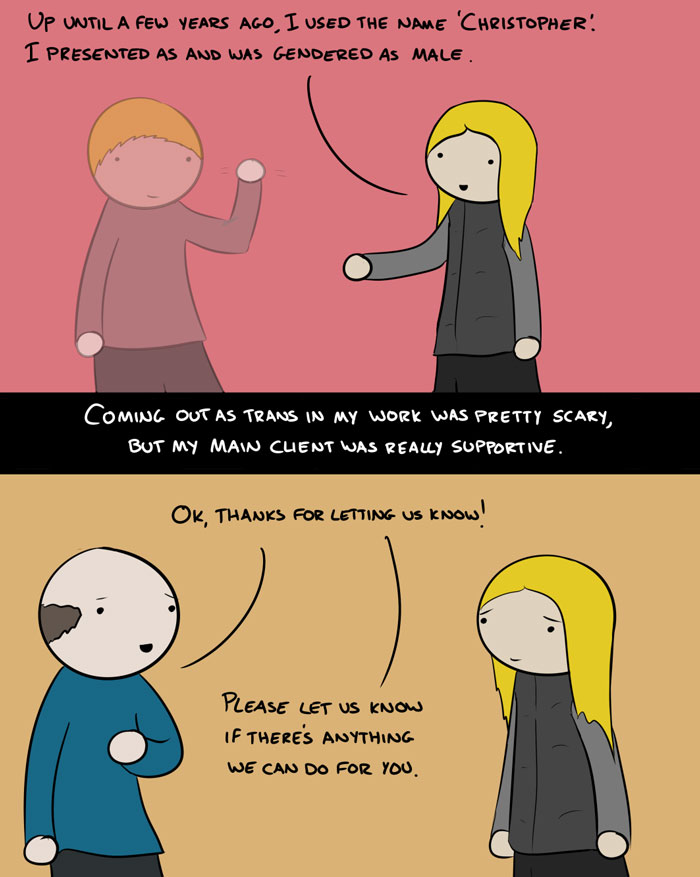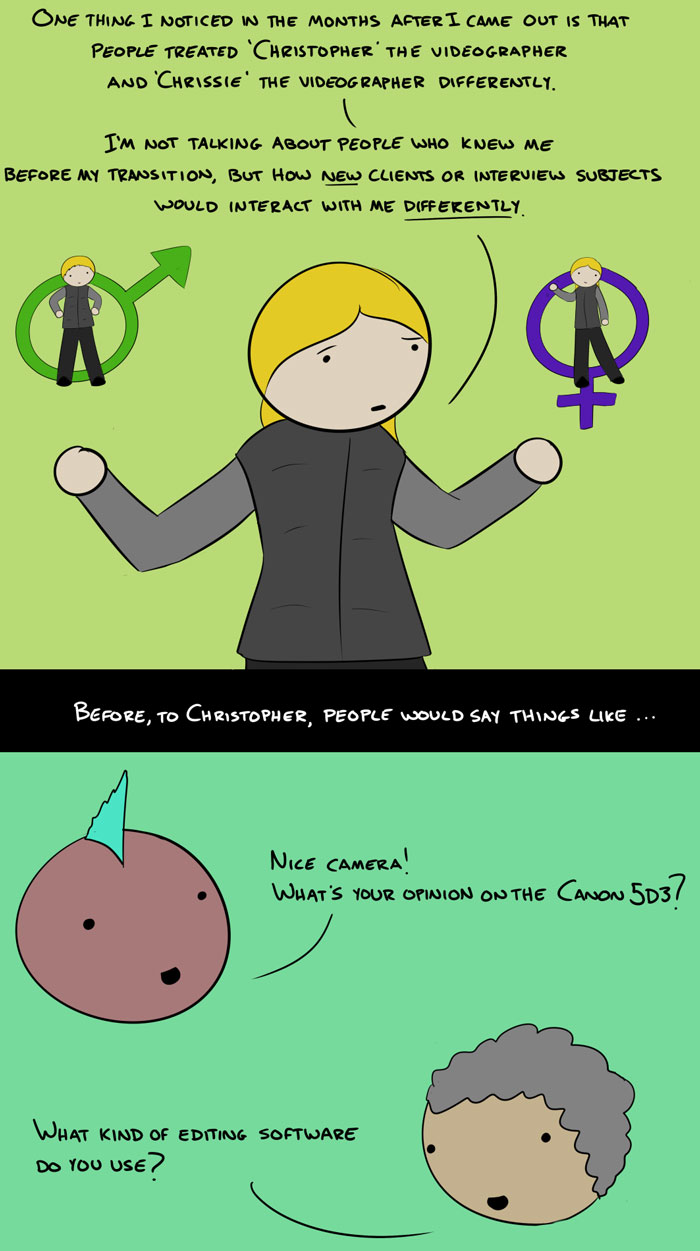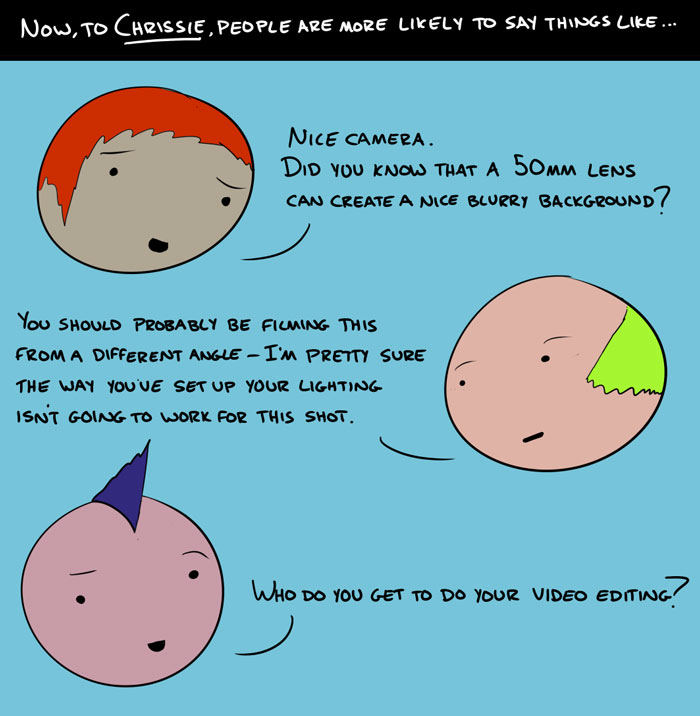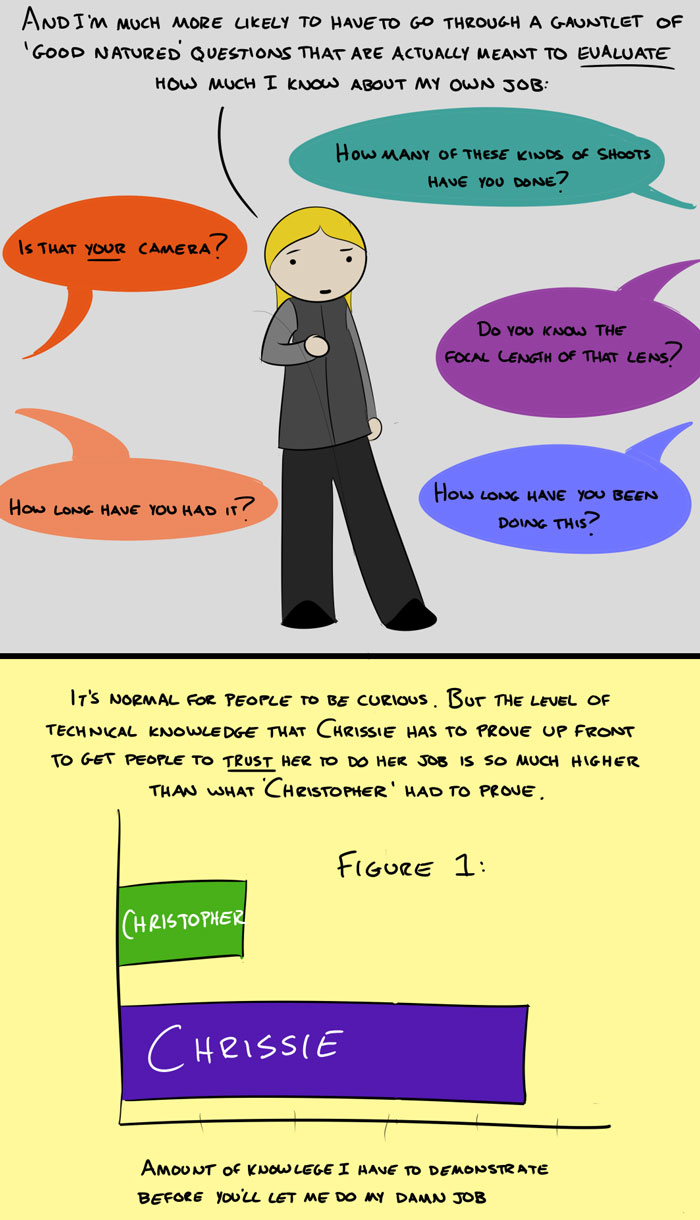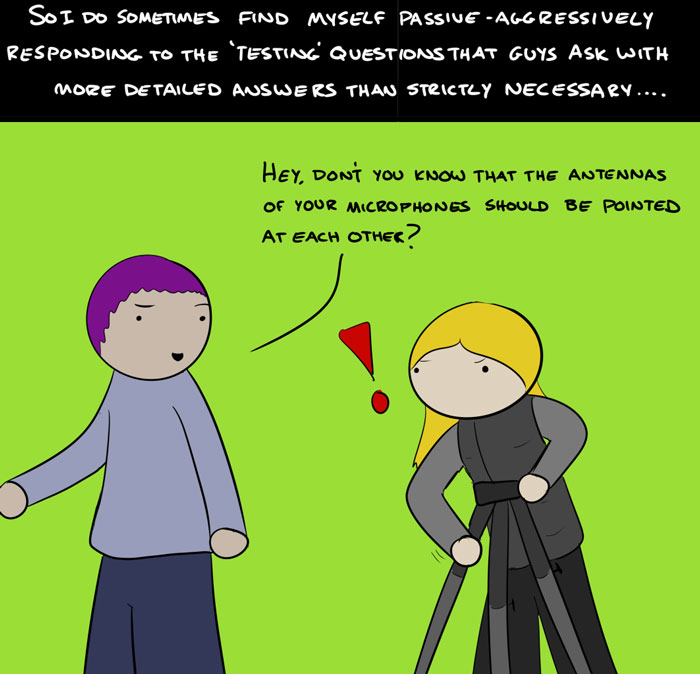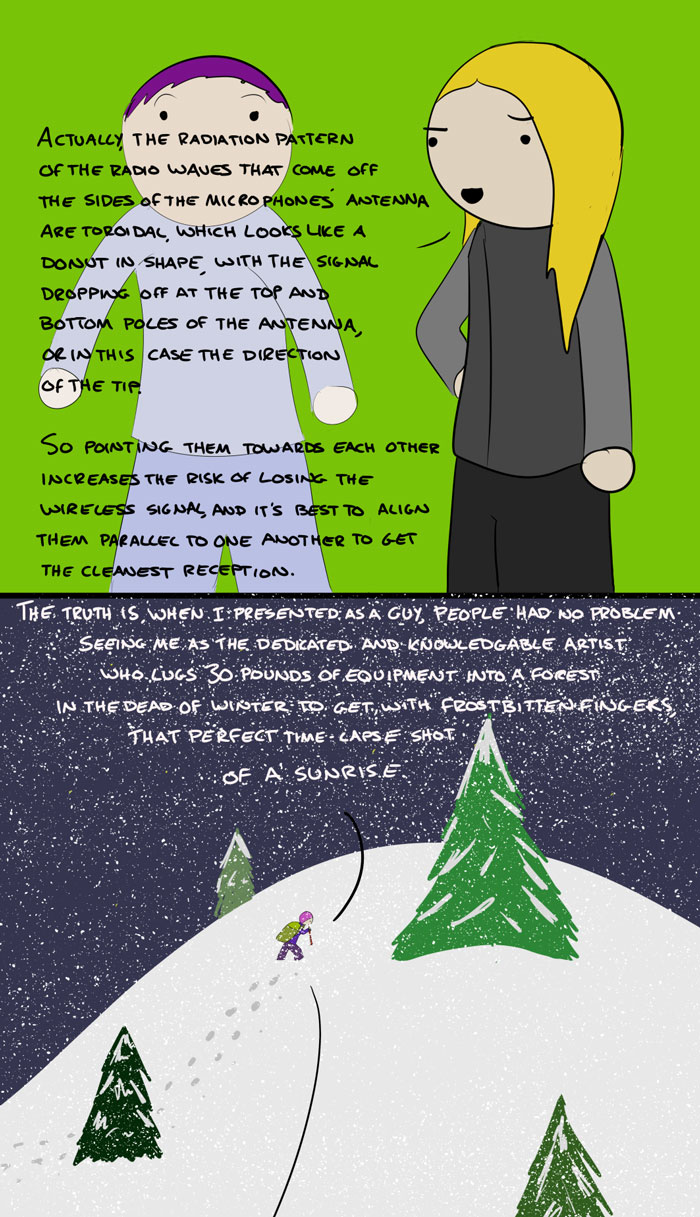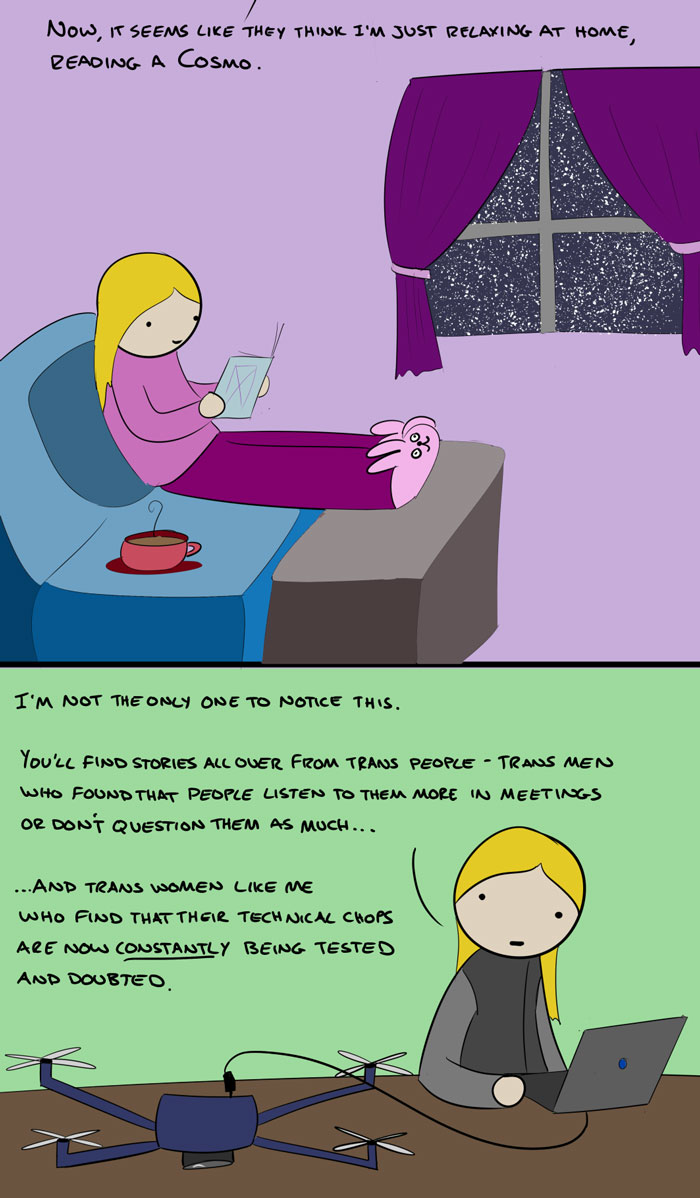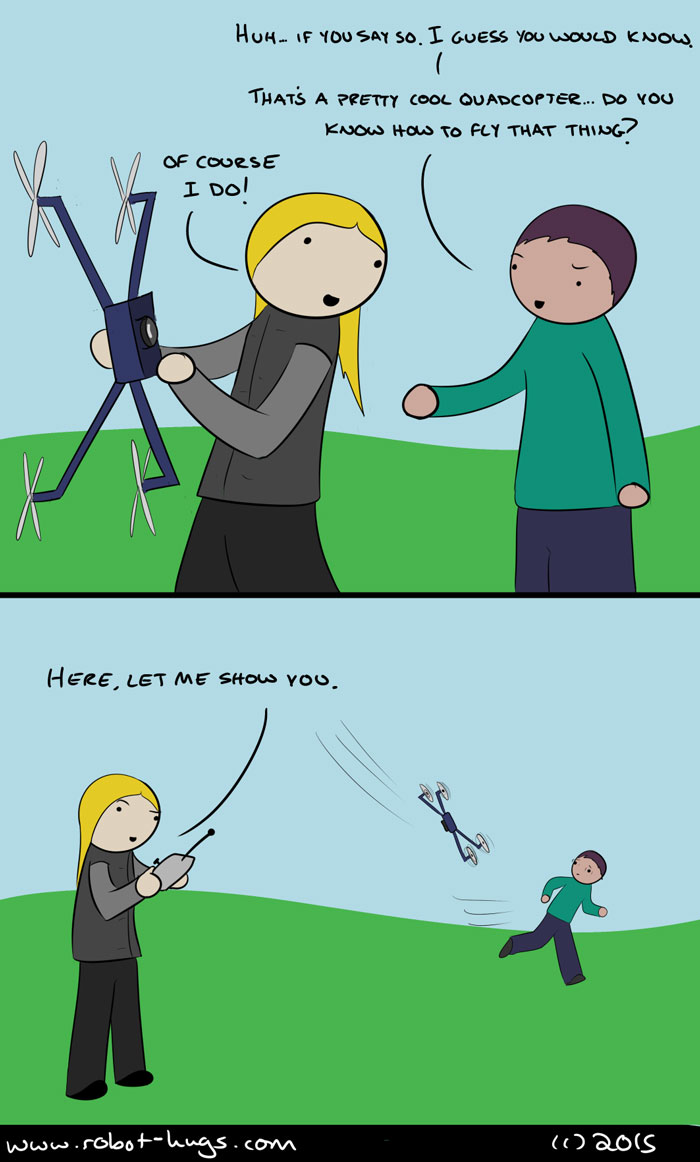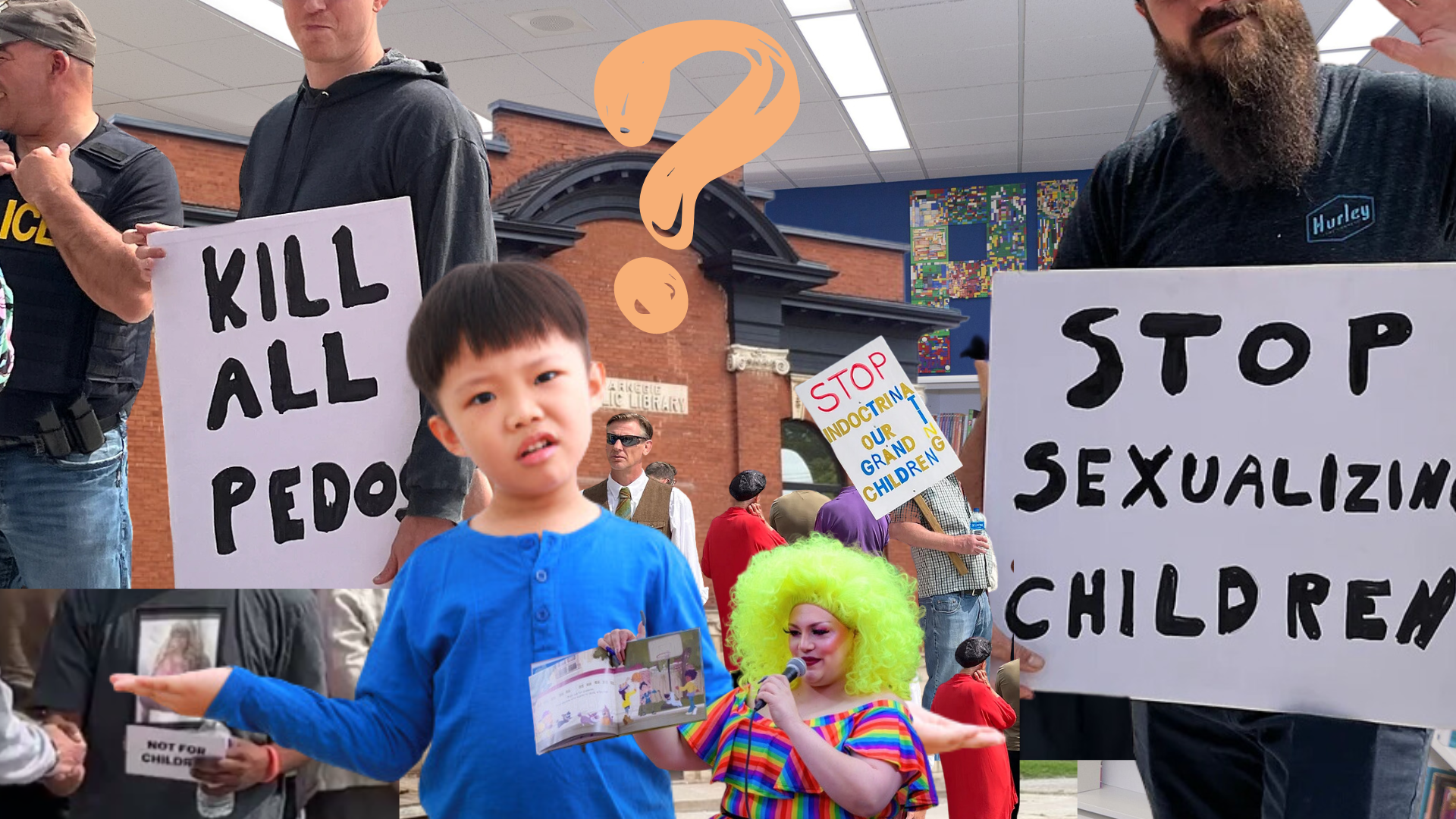
From the Publisher: Feminist entrepreneur Shauna Rae, founder of Radar Media, recently attended a public library hosted drag story time protest in Ingersoll, Ontario and wrote about her experience.
We republished the article as written to elevate awareness that although trans hate speech is illegal in Canada, these protests, often led by outsiders, continue. In his post-event letter to the public, Brian Petrie, Mayor of Ingersol thanked the Ontario Provincial Police (OPP) for working to de-escalate the situation multiple times. Reports about the event in rural media say adult protesters were flashing white power symbols while holding bibles, and attempted to take over the children’s area. People’s Party of Canada Oxford County candidate Wendy Martin was one of the protestors, holding a sign that read “Not for Children”, despite the fact that clearly, parents who are bringing their children to storytime think otherwise.
Find out more below.
Yesterday, I had a bird’s eye view of a drag storytime protest at a rural southwestern Ontario library.
Let me start by saying, my observation wasn’t from a non-partisan position, I am a supporter of drag storytime and I often stand with Sista Patricia and her Drag Storytime Guardians (DSGs). My observation is also from that of a white, cis, hetero woman, with the privilege, power and comfort that allows. One of the fundamental things I observed was that our rural communities are under attack, not by folks that live, work and play within our own communities but by folks who have come to promote hate in a strategic and calculated way.
I met with the DSGs group and drove in to Ingersoll with them. When we arrived, there were two protestor groups already there.
There was this group below, who held prayer circle both outside and inside the library, many holding these small white signs the fellow on the left is holding below.
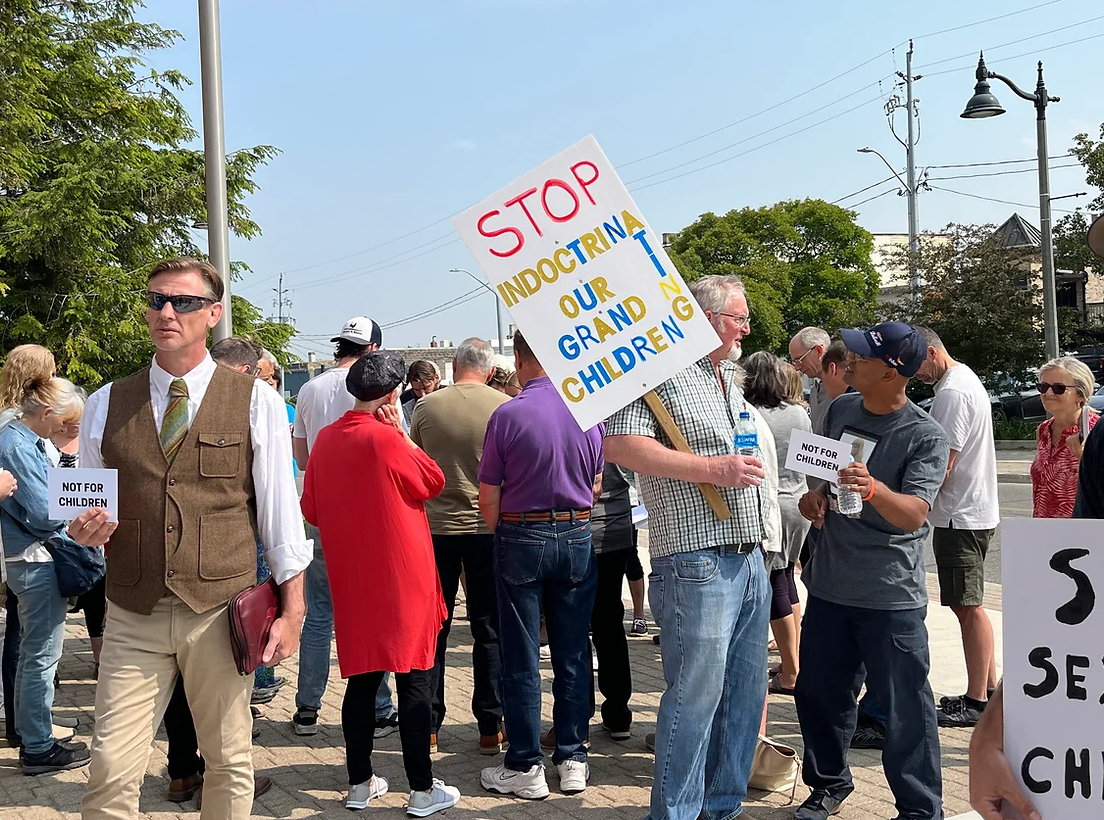
Then. There were two fellows, and a couple of their supporters who seemed to be much louder. They were also accompanied by a media person, who you can see filming in the background (below). He’s from a company called Go Teams Media. From their website: “GO Teams Media (GTM) is a gospel outreach media ministry with young adults for conversing and connecting on The 3 Big Questions that matter most. Our GTM anchors and camera crews are equipped to team up with local partner churches to “go” into the field and capture on video meaningful, respectful, and vital community conversations about life and death matters together.”
It seemed very important that they were filmed. And they seemed to be at least friendly with one another.

There were a number of police officers there, both inside and outside the library. They actually spoke with this fellow (in the video below), he was being asked to clear the sidewalk so folks could enter the library.ed to be at least friendly with one another.
Each side of the protestors seemed to keep to themselves until I saw this [videotaping] happening . Did this religious group hire/partner with the Go Team Media group (mentioned above)? And are they all working together?
What happened next was, as families were entering the library, so too were the religious folks. Like they’d done at a drag storytime in Parkhill, Ontario, last this month, they tried to take the seats the children were meant to sit in, however, they were asked to vacate them. That did not deter them. They surrounded the area where the Drag Storytime was to be, with signs and bibles in hand. A number of supporters, including myself, held banners to shield the kids from the protestors. There were two police officers inside the drag storytime area at all times. There were terse words shared but no shoving nor physical altercations.
One of the things I went there to witness was, I wanted to see the hate for myself. I made a point of looking directly into the eyes of these folks (the religious folks inside the library), and not one of them would look me in the eye. To me, this meant they had to de-humanize me and any of the supporters, including the children and their parents, in order to carry out the protest.
How is this love or a loving act?
Because I know that I am cis and heterosexual, I was able to rebuff this and not be antagonized. I know that it’s not me they hate. THEY don’t know that but this definitely gives me (and any cis hetero allies) a different perspective and another layer of comfort.
Another observation was the looks on the kids faces as they entered the library, likely the library those kids have been to many times before with their families. I couldn’t shake thinking about what they must be wondering. Why are so many adults here? Why? Why are they angry? Are they angry at US? Their innocent faces will stick with me.
So will the joy in their faces when the Drag Queens arrived (they were just elated), their comments that ‘pink is my favourite colour too!’ and when one Queen asked a little girl about her two-spirit rainbow skirt, the Queen remarked that it was very special to them, as they were two-spirit. The child sprung up with glee and said, “I AM TOO!” Then later during question time, one of the other children asked what two-spirit meant and it was a beautiful teaching moment.
And the stories. The stories the Queens read were beautiful, just like any book a mom, dad, grandma or grandpa may read to their own dear little ones, all of them with the message that it’s okay to be different.
After hearing the stories and witnessing the interactions the Queens had with the kids, I just could not wrap my head around what the big deal is.
But after also witnessing the conversation between the two protestor groups, I’m now wondering what common ground the religious right and the freedom fighters have found? Is it fear of losing control? Is it furthering the Conservative right agenda? What exactly are both groups afraid of?
Because what I know about hate is, it comes from deep rooted fear, and whether it’s a fear of losing control, a fear of being controlled, a fear of what one doesn’t understand or a trigger from a past experience, it’s all based in fear. Whatever the root of that fear is, that’s what’s driving this agenda, not love.
I saw actual love inside that library, in the joyful smiles and excited energy of the kids, when they lit up when seeing the drag queens and listening quietly, filled with glee, to the stories, interacting with these characters in dress up. And I saw the love of the people that showed up to support protecting that joy, some had never supported something before.
There are many more supporters and the numbers are growing. What are we supporting? Ironically, it’s REAL freedom; the freedom to show up as your authentic self in the world, whatever your colour, your gender, your sexuality, your special abilities, all are needed, supported and embraced. And we’re witnessing the pulling apart of systems of oppression that have kept so many pushed down for so long. We are healing together, not in isolation.
And there’s nothing more powerful than that!
Publisher’s note: You can follow more of Shauna Rae’s work here.
Related Reading
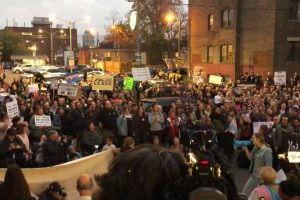
Trans Rights Are All Rights
Trans exclusionary talk from so-called radical feminists is not just hurtful, it can be criminal. The problem is, what to do about it?
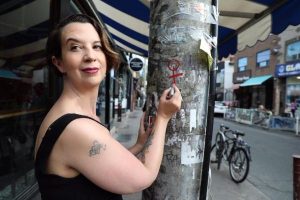
Feminist in the City
Leslie Kern’s second book, “Feminist City: A Field Guide,” is a collection of essays that invites readers to question the design of urban spaces and the ways cities can be more inclusive and safe for everyone.

The Power of Love—and Trans (National) Collaboration
“Today [International Trans Day of Visibility] is a beautiful day–something that means more and more to me as I have become less visible as a trans-guy”-T. Thomason















